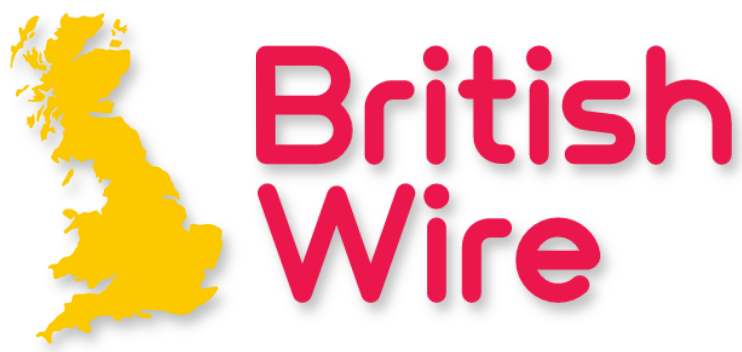In recent years, Botox has gained popularity not just as a cosmetic procedure for reducing wrinkles but also for various medical conditions. One such application is its use in jaw reduction and treating teeth grinding, medically known as bruxism. You can look into the effectiveness, procedure, and considerations surrounding Botox treatment for these conditions.
Understanding Jaw Reduction and Bruxism: Jaw reduction, or masseter reduction, involves reducing the size of the masseter muscles located at the jawline. This procedure is often sought after for aesthetic reasons, such as achieving a slimmer facial profile. On the other hand, bruxism is a condition characterized by the involuntary grinding, clenching, or gnashing of teeth, usually during sleep. It can lead to various dental issues, headaches, and even temporomandibular joint disorders (TMJ).

Botox as a Treatment: Botox, derived from the botulinum toxin, works by temporarily paralyzing or relaxing muscles. In the context of jaw reduction, injecting Botox into the masseter muscles weakens them, causing them to shrink over time. This results in a softer, more contoured jawline. Similarly, when used for bruxism, Botox injections into the masseter and temporalis muscles can reduce the intensity of teeth grinding by weakening these muscles’ contractions.
Effectiveness and Duration: Studies have shown promising results regarding the effectiveness of masseter botox in both jaw reduction and bruxism treatment. Patients typically notice a gradual reduction in jaw size and a decrease in teeth grinding within a few weeks after the injections. The effects of Botox treatment typically last for three to six months, after which repeat injections may be necessary to maintain results.
Procedure and Considerations: Botox treatment for jaw reduction and bruxism is a relatively simple and minimally invasive procedure. It involves multiple small injections into the targeted muscles, usually administered by a trained medical professional. While the procedure is generally safe, it’s essential to consult with a qualified healthcare provider to determine candidacy and discuss potential risks and side effects, which may include temporary weakness or asymmetry in facial muscles.
Botox treatment offers a non-surgical solution for jaw reduction and bruxism, providing patients with aesthetic and therapeutic benefits. As with any medical procedure, it’s crucial to seek treatment from a reputable provider and weigh the benefits against potential risks. With proper guidance and care, Botox can be an effective tool in addressing these conditions and improving overall quality of life.

